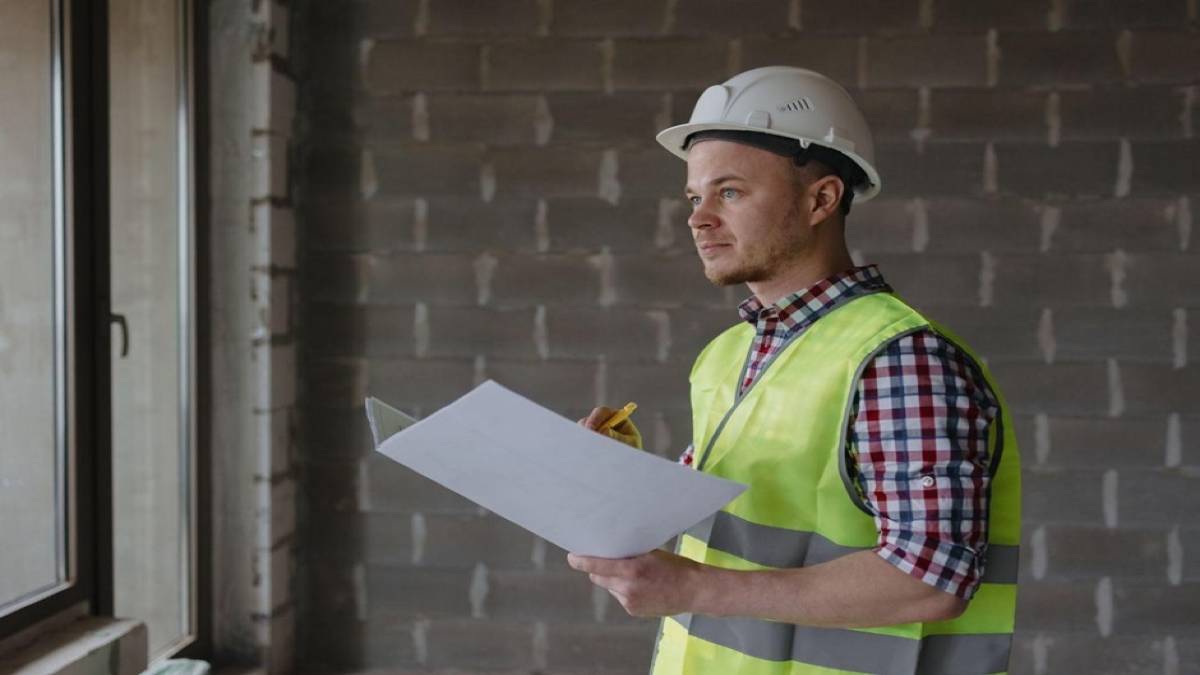5 Must-Know Fire Safety Tips For The Mining Industry

In the high-stakes world of mining, where risks are a constant companion, fire safety is not just a regulatory requirement but a critical aspect of protecting lives and assets. In New South Wales (NSW) and Queensland, the mining sector has experienced a notable number of fire incidents. For example, in NSW, there were 1,042 fire-related incidents in mines between 2017 and 2022, including three fatalities. Although specific figures for Queensland are not available, the consistent occurrence of fire incidents in both states highlights the need for robust fire safety measures. Partnering with a certified fire protection specialist is essential for implementing comprehensive safety and inspection strategies.
Here are five vital fire safety tips for mine site managers and operators in NSW and Queensland.
In-Depth Risk Assessment
Conducting a thorough risk assessment is the foundation of effective fire safety management. This involves identifying potential hazards specific to mining operations, such as those associated with heavy machinery and flammable materials. A certified fire protection specialist can provide invaluable expertise in risk management, pinpointing risks and recommending custom solutions. They can assess the likelihood and potential impact of fire incidents, helping to prioritise the areas that need the most attention and resources.
Regular Training and Drills
Ensuring that all personnel are well-trained in fire safety procedures is crucial. This includes the correct use of fire extinguishers, understanding of egress routes, and the role of a fire warden. Regular training sessions should be conducted at least annually, or more frequently depending on the specific risks and changes in the workplace. Drills should be conducted to reinforce these procedures, ensuring everyone is prepared to act swiftly and safely in an emergency. Fire safety training and the role of fire wardens, who are responsible for overseeing evacuations and ensuring everyone’s safety, are integral parts of this training.
Keeping Fire Equipment in Check
Regular maintenance of fire suppression systems, alarms, and extinguishers is vital. In NSW, regulations require that fire protection equipment be inspected at least every six months. These inspections should be carried out by qualified technicians to ensure they are in optimal working condition, a necessity in the demanding environment of mining operations.
Clear and Strategic Fire Safety Signs
Effective fire safety signage is crucial in guiding personnel during emergencies. Signs indicating the nearest exits and assembly points should be clear, visible, and strategically located throughout the mine site. The risk of having illegible or improperly placed signs can lead to confusion and delays in an emergency, potentially resulting in severe consequences. Regular audits of signage are necessary to ensure they meet the required standards and are effective in guiding staff to safety.
A Solid Emergency Plan
Developing a comprehensive emergency response plan is vital, considering the unique challenges of mining operations. This plan should cover evacuation protocols, communication strategies, and coordination with local fire services. It’s not just about getting advice; it’s about having a clear, actionable, and memorable plan that will guide employees to safe points via the most efficient and safe routes. The goal is to ensure employees can return home to their families in the event of a fire incident. These plans must be drawn up by specialists to adhere to codes and standards and to ensure the highest level of safety.
Conclusion
The importance of fire safety in the mining industry cannot be overstated. Implementing these five tips significantly enhances safety and preparedness in mining operations. The involvement of certified fire protection specialists is key in navigating the complexities of mine site fire safety and ensuring a secure working environment. If you’re looking to bolster fire safety at your mine site in New South Wales or Queensland, consulting with a certified fire protection specialist is a prudent step. Their expertise and guidance can be pivotal in mitigating fire risks and protecting your workforce and assets.
